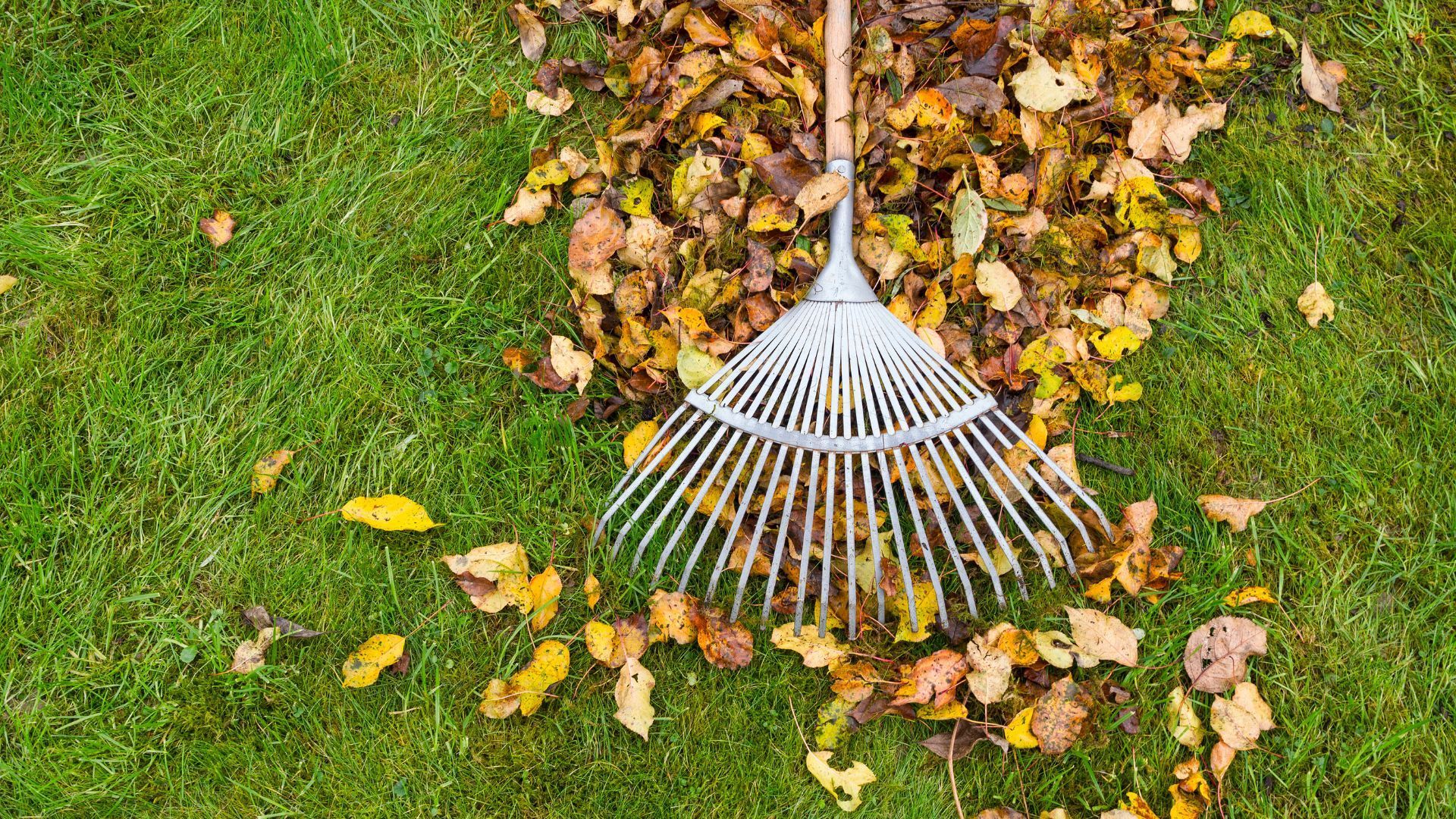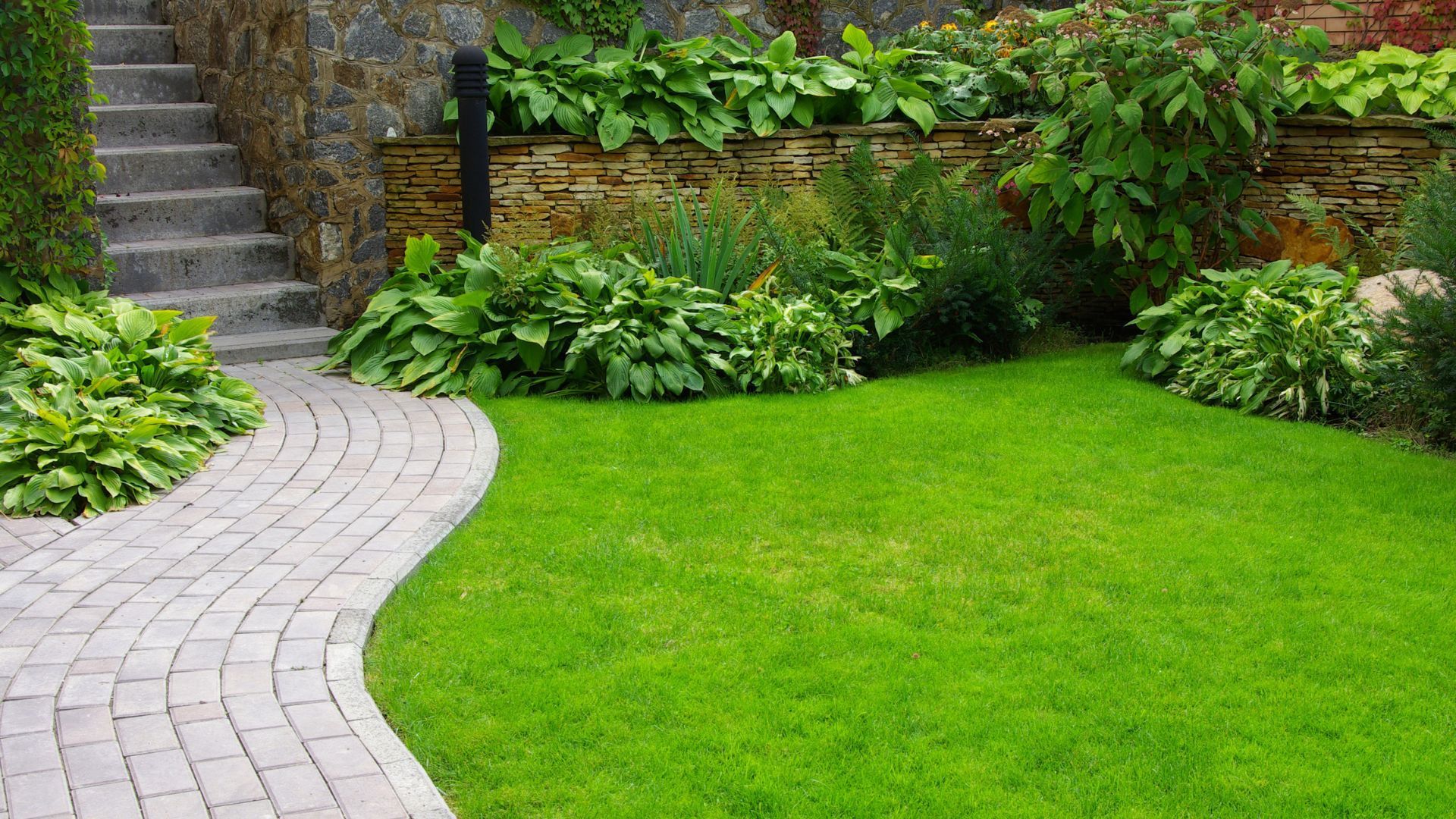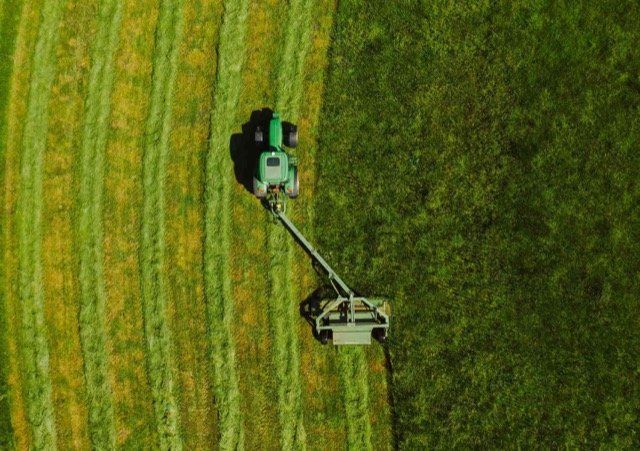What Is Power Raking?
What Is Power Raking?
Facts. The beauty of your lawn depends on how neat you keep it. By removing layers of dead turf material through power raking, you not only leave your lawn looking greener and healthier, but also beautiful than before.
Even with that said, many homeowners still don’t know how to effectively remove dead turf from their lawns. Consequently, they end up using methods that damage their lawns, making it difficult to achieve the natural look they are going for.
If you, on the other hand, would love to know what power raking is and everything about it, you are on the right page. This article shall reveal everything you need to know about power raking, so you seize from making the same mistake that most homeowners are making.
Without further ado, let’s dive deep!
What is power raking?
Simply put, power raking is the most efficient way of grooming your lawn. It involves the use of fixed knife-like blades that chop thatch instead of ripping it out from the ground.
Nowadays, even professional landscaping contractors highly prefer power raking to other conventional methods like dethatching, which can seriously damage your lawn.
How to perform power raking on your lawn
Power raking is quite a simple task to do and is easily achievable in 5 steps:
- First, you need to acquire an electric rake from a reputable source for this particular task
- Find a power source that will enable you to comfortably move your machine to the furthest point on your lawn. This will ensure that you work on the entire yard in one go
- Plug in your electric rake and align it to one of the edges facing the lawn you intend to rake
- Power it on and move it at a reasonable pace along the edge
- Align the machine to the strip you have just done and repeat the process as you gradually cover the entire lawn
What are the benefits of power raking?
Power raking has numerous benefits including:
- It chops up turf gently, ensuring that no damages are made
- It helps improve the aeration of the soil, ensuring your plants pick up water and nutrients
- By removing the dead turf, plants are able to grow more healthy without being stunted
When should I perform power raking?
The best time to power rake your lawn is in early spring, before the arrival of new growth. It is especially effective when done together with overseeding because it opens up the lawn surface, allowing the new seed to establish itself more quickly.
Power Raking is also an excellent way to thicken bentgrass lawns, as it slices the grass stolons. This significantly stimulates the growth of new shoots, which thickens the lawn.
Conclusion
There are many ways to rid your lawn of dirt and dead debris. However, the most effective way is through power raking. Therefore, if you need any professional help doing it, don’t hesitate to reach out to us. We offer quality services to all our customers all over Langley, BC, and you can be sure that you will receive nothing substandard from that.
You might also like



Get A Free Quote!
Contact Us
We will get back to you as soon as possible.
Please try again later.
SERVICE AREA
Contact Us
- Mon - Fri
- -
- Sat - Sun
- -


